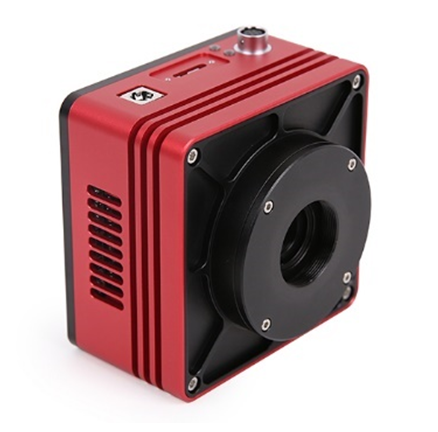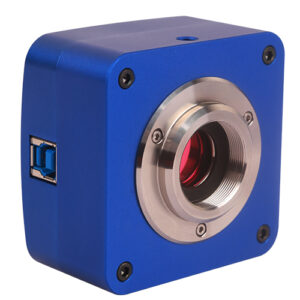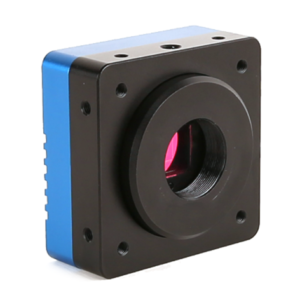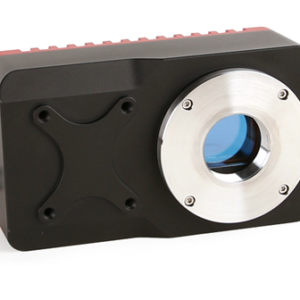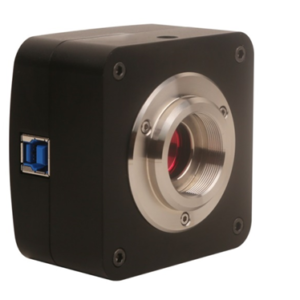Description
SWIR camera SWIR imaging 1.3MP CMOS mono
1.1 wavelength and none viviable
SWIR is the acronym for shortwave infrared and refers to non-visible light falling roughly between 1400 and 3000 nanometers (nm) in wavelength. The visible spectrum ranges from 400nm to 700nm, therefore SWIR light is invisible to the human eye. In order to detect SWIR wavelengths, we need dedicated sensors made of In GaAs (Indium Gallium Arsenide) or MCT (mercury cadmium Telluride) as silicon detectors are no longer sensitive to wavelengths larger than 1100 nm. In GaAs sensors are the primary sensors used in typical SWIR range.
1.2 Short-wave infrared (SWIR) imaging is distinct in that the radiation of interest is nearer to the visible spectrum but will still permit temperature sensing, usually over 100 °C.
specification SWIR camera SWIR imaging

Application SWIR camera SWIR imaging
2.1 SWIR camera are used for a variety of applications in different aspects of the industry and research, ranging from inspection, quality control, identification, detection, surveillance, and more. Here we summarize some applications where SWIR range is commonly used. More applications are being discovered all the time.
2.2 SWIR camera application field
SWIR imaging with cooled InGaAs focal plane arrays provides extremely high contrast with unprecedented resolution, enabling process engineers and researchers to visualize what was invisible previously.
It is easy to penetrate opaque materials non-invasively or to distinguish between regions that are chromatically similar using a SWIR camera. Some applications of SWIR imaging include:
Industrial sorting
Solar cell inspection
Astronomy
Spectroscopy
Active imaging
Range finding
Enhanced vision assistance in misty conditions
Free space optical communication
Hyperspectral imaging
Small animal imaging
Laser beam profiling;
Views: 6
